Transcranial Magnetic Stimulation (TMS) therapy offers a non-invasive and drug-free approach that has proven effective in alleviating symptoms of depression, anxiety, and OCD. It involves the use of magnetic pulses to stimulate the dorsolateral prefrontal cortex – one area of the brain involved in mood regulation. If first-line approaches such as medication or psychotherapy have not been effective, you should consider TMS as an alternative.
During your TMS Therapy Consultation, we will answer your questions and fully explain what TMS therapy is, the benefits, and information on the next steps to getting started with this better treatment option.
Your first visit is called the ‘mapping’. Mapping is a fancy term for ‘locating’ the area of the brain to be treated. For the treatment of depression, this area is called the left dorsolateral prefrontal cortex, which is just above the left eyebrow.
During the mapping visit, we will determine your ‘motor threshold’ (the amount of energy required to invoke a stimulus). Once complete, you will receive your first treatment. Your daily treatments will be administered by a rTMS Therapy Certified Technician.
Selecting the right TMS treatment path that fits your schedule is imperative for success.
Repetitive Transcranial Magnetic Stimulation (rTMS) involves one treatment per day, Monday-Friday, for 6 weeks with a 3-week wean, totaling 36 sessions. This option is good for those who cannot take off time from work or daily responsibilities. The time commitment is low.
Intermittent Theta Burst Stimulation (iTBS), or the SNT Protocol, is an aggressive 5-day protocol developed by Stanford Department of Psychiatry which allows patients to undergo 10 sessions/day for five consecutive days, totaling 50 iTBS sessions. The SNT protocol currently is able to report the highest rate of remission (90%) when compared to all other neuro-regenerative interventions for intractable depression.
While not required, we incorporate Ketamine Infusion Therapy to leverage its global connectivity effects, enhancing overall treatment success. Our compassionate staff will work to ensure that you are thoroughly prepared, informed, and supported throughout your treatment journey, optimizing your potential for achieving the best possible outcomes.

Monday: 9 A.M. – 7 P.M.
Tuesday: 9 A.M. – 7 P.M.
Wednesday: 9 A.M. – 7 P.M.
Thursday: 9 A.M. – 7 P.M.
Friday: 9 A.M. – 7 P.M.
Saturday: We’re Closed
Sunday: 9 A.M. – 7 P.M.